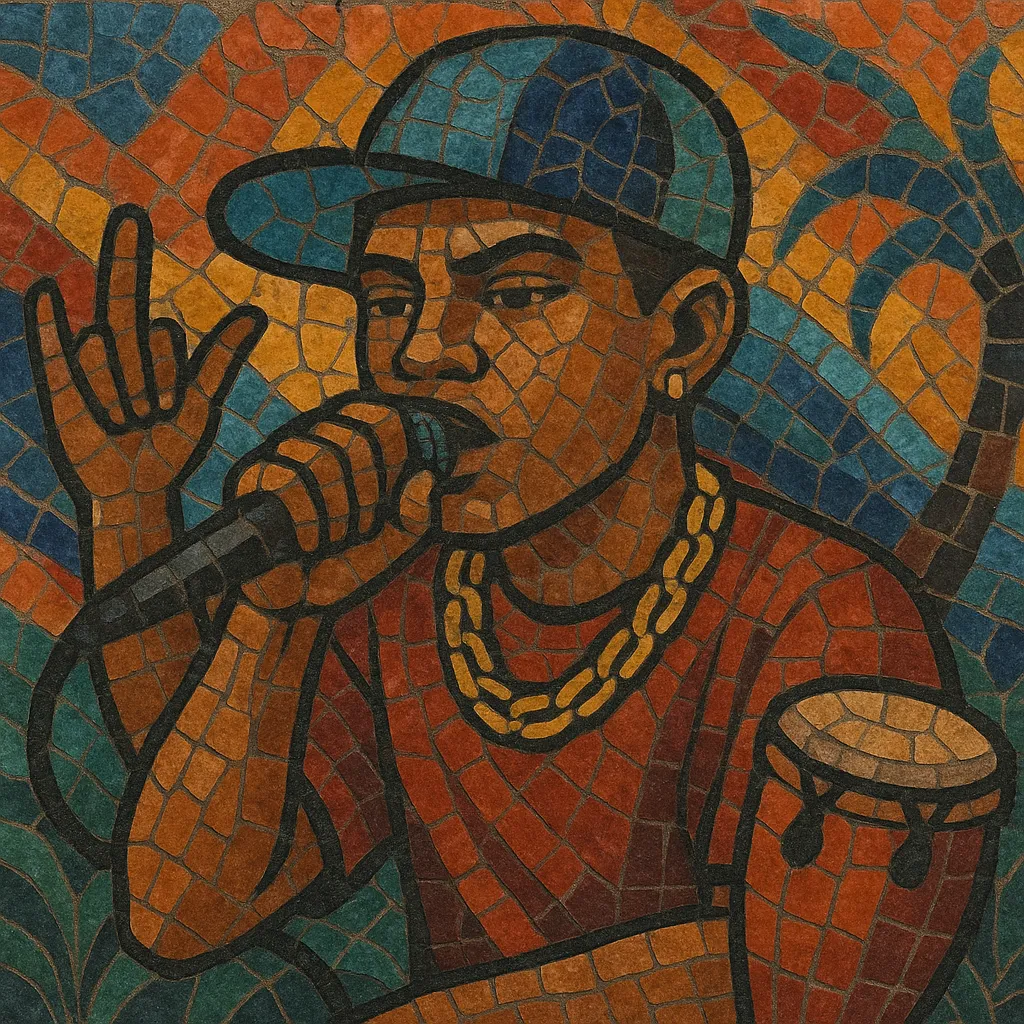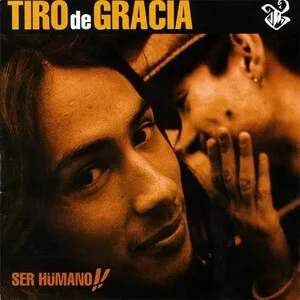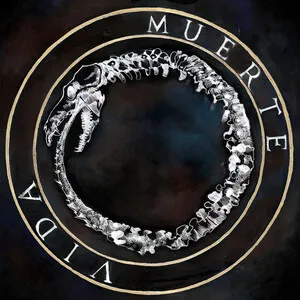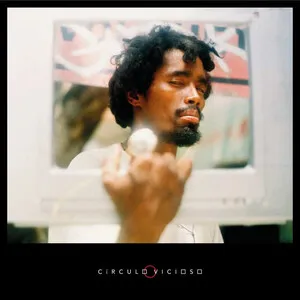Latin rap is a hip hop style rooted in Latino and Latin American communities that blends classic rap techniques with Latin rhythms, languages, and cultural references.
Characterized by bilingual (Spanish–English) or Spanglish lyricism, bold identity narratives, and beats that often weave salsa, merengue, cumbia, and Afro–Caribbean percussion into boom-bap, G-funk, or trap frameworks, Latin rap foregrounds the experience of diasporic life while staying grounded in hip hop’s core elements—MCing, DJing, sampling, and street reportage.
Latin rap emerged in the late 1980s within Latino communities in the United States, especially Los Angeles, Miami, and New York. Early bilingual singles such as Mellow Man Ace’s “Mentirosa” (1989) and Kid Frost’s “La Raza” (1990) established a template: English–Spanish flows over hip hop beats seasoned with Latin melodies and percussion. The sound was informed by old school hip hop, Miami bass, funk, electro, and the everyday realities of Latino neighborhoods.
The 1990s saw larger mainstream visibility. Cypress Hill’s success proved that Latino-fronted rap could dominate U.S. charts while retaining bilingual hooks and Latin motifs. On the East Coast, Puerto Rican–American MCs like Big Pun and Fat Joe brought formidable lyricism and street credibility. In Puerto Rico, Vico C became a foundational voice for Spanish-language rap, influencing the island’s later urbano movement. Across Latin America, scenes grew in Mexico (Control Machete), Cuba (Orishas), and beyond, each incorporating local rhythms (salsa, son, cumbia) and social commentary.
In the 2000s, crossover hits and collaborations expanded Latin rap’s reach. Artists like Pitbull bridged crunk, pop, and Latin flavors, while Cuban, Mexican, and South American MCs pushed regional identities. Simultaneously, the rise of reggaeton—itself indebted to hip hop and dancehall—created a continuous exchange: Latin rap influenced urbano aesthetics and vice versa, with bilingual hooks, Caribbean rhythms, and rap verses intermingling.
Streaming propelled Latin rap into a global conversation. The sound diversified to include trap drums, 808 slides, and dembow-adjacent rhythms while retaining bilingual storytelling and cultural pride. Collaborations with U.S. hip hop and pop stars normalized Spanish verses in mainstream contexts, and younger MCs embraced social media cyphers, DIY production, and cross-border partnerships, keeping Latin rap innovative and internationally resonant.







